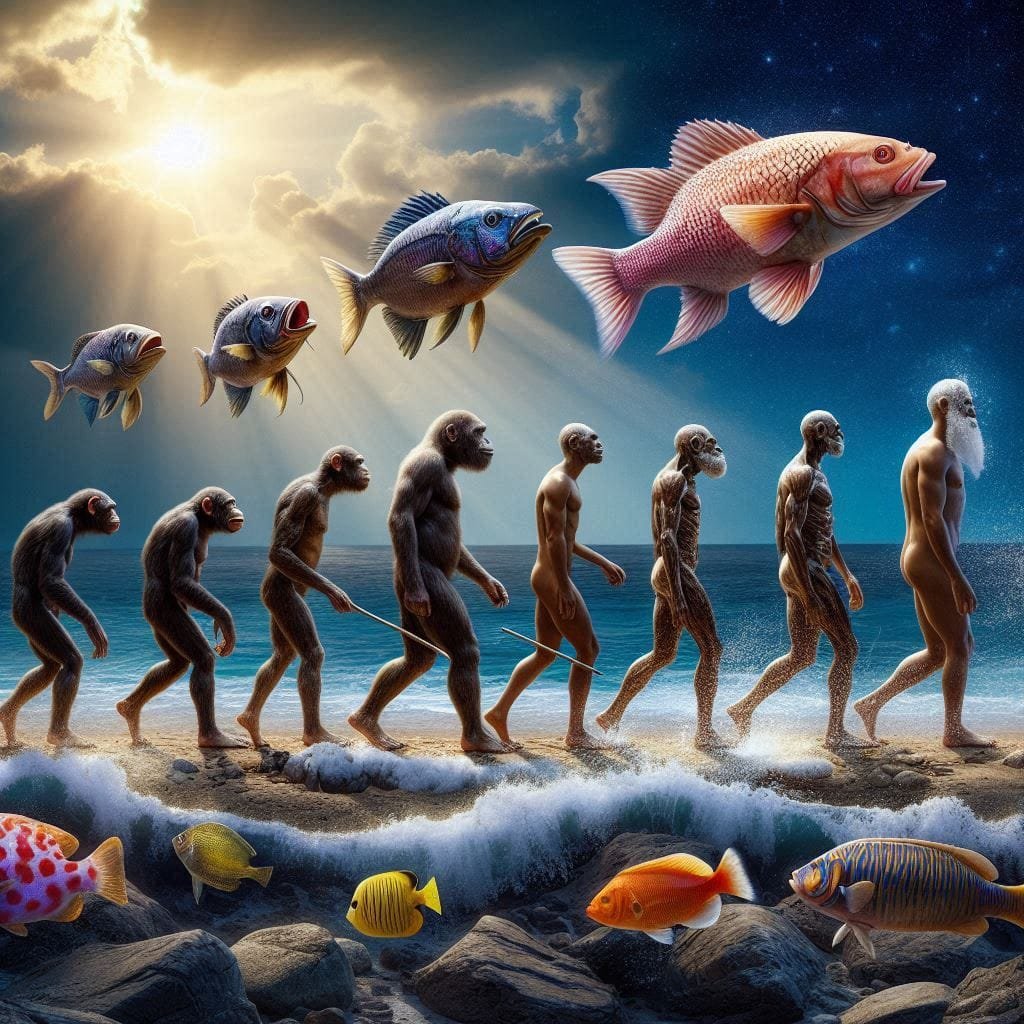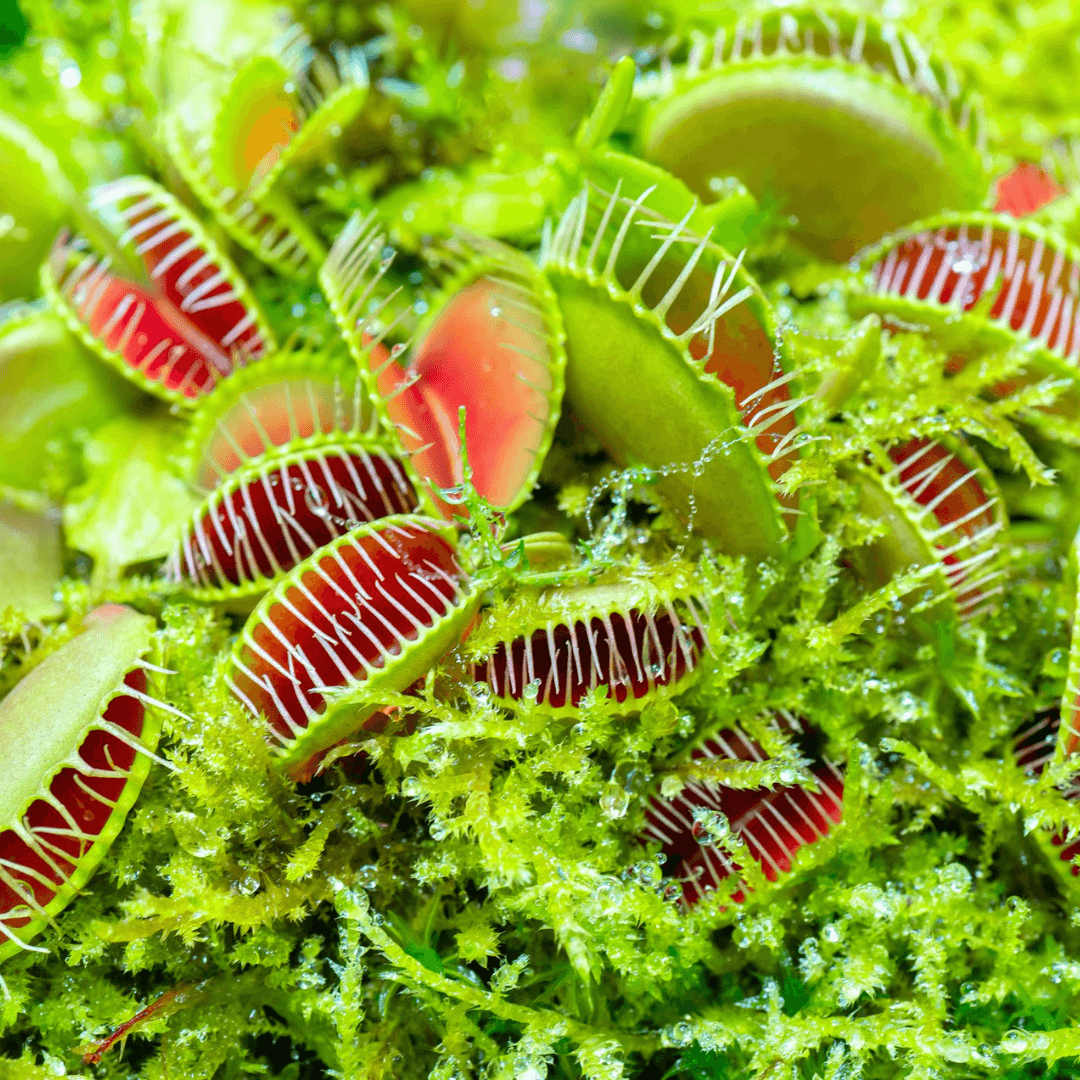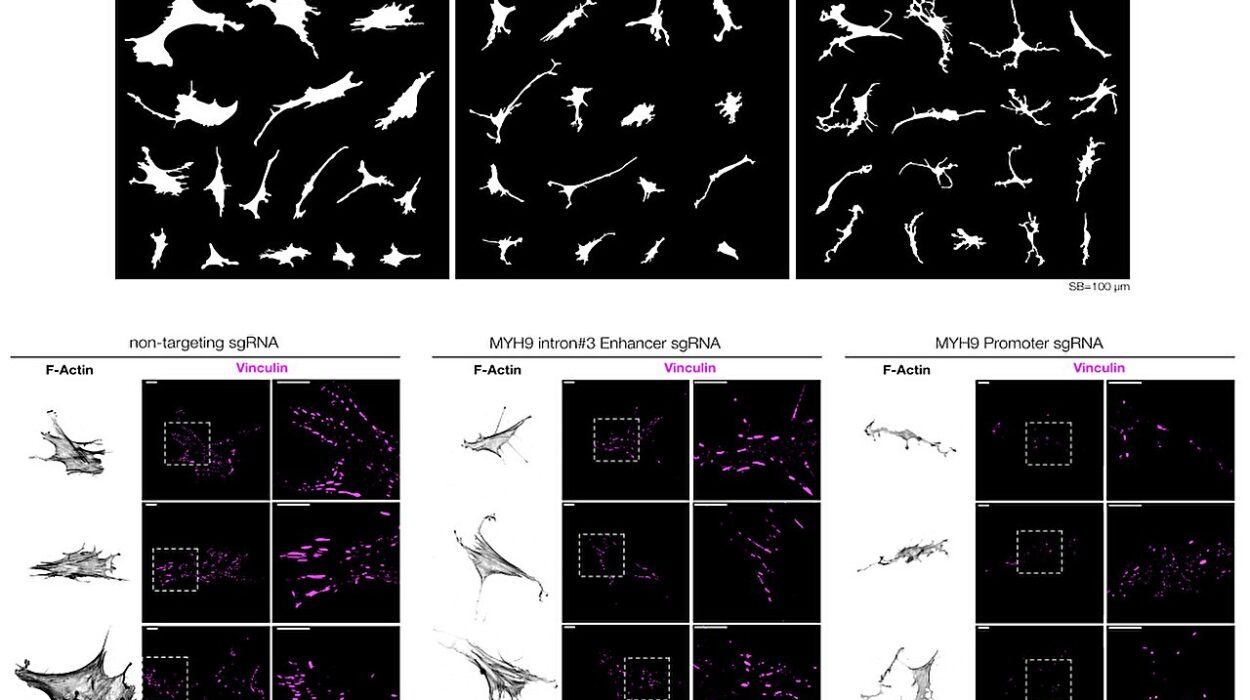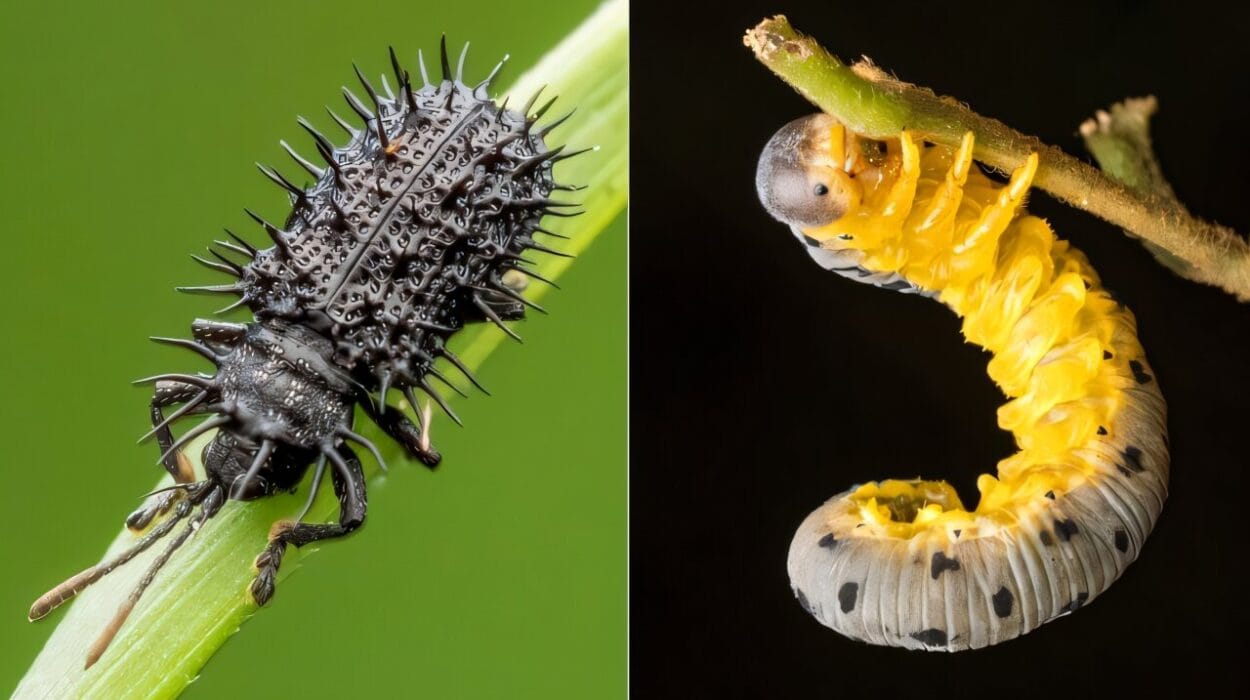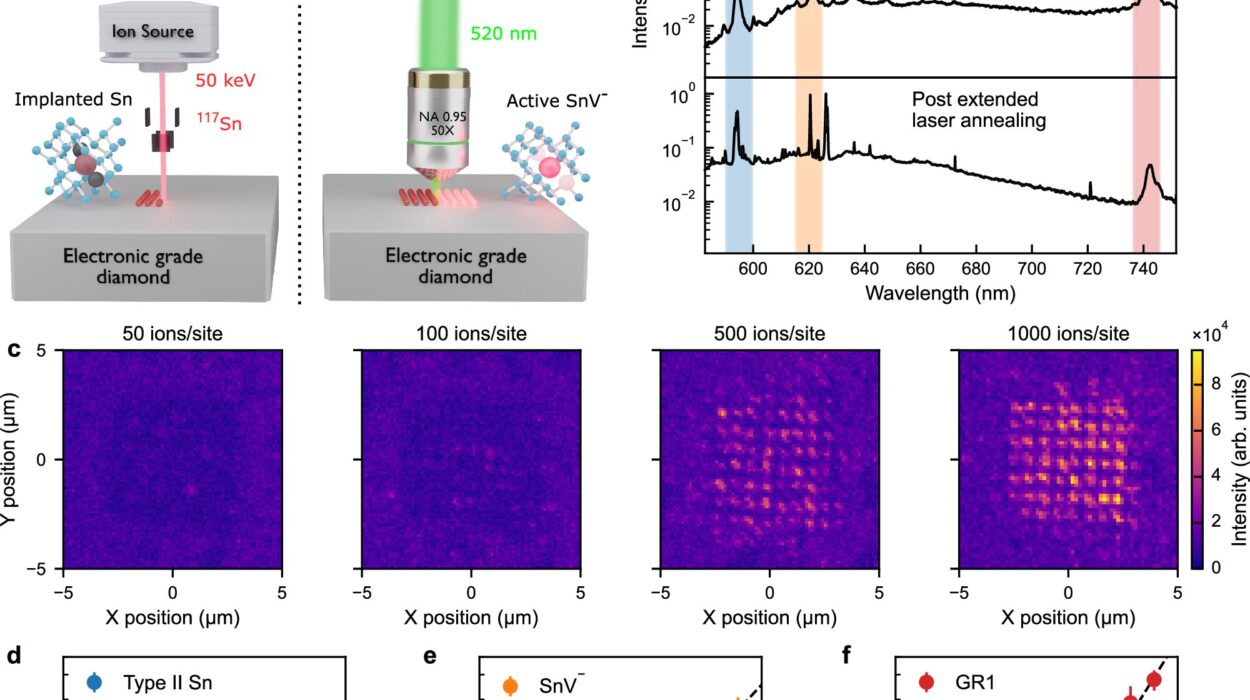To understand who we are, we must dive into the deep. Not into books or even DNA at first—but into water, into oceans teeming with ancient life. The human story doesn’t begin in cities, forests, or savannahs. It begins in a world of gills and fins, in a place where creatures swam long before anything walked.
Over 500 million years ago, the Earth was a planet in transition. Life had already exploded in complexity during the Cambrian period, a time when evolution seemed to burst forth in technicolor. The seas were full of soft-bodied organisms, armor-plated predators, and primitive ancestors of every modern animal. Among them were the first vertebrates—creatures with backbones. They were tiny, vulnerable, and not yet suited for conquest. But inside them pulsed the future of humanity.
These distant fish-like beings were more than just biological stepping stones. They were part of a process shaped not by intent but by opportunity. Evolution isn’t a straight line. It’s not destiny unfolding. It’s a relentless series of tiny chances, branching paths, and unexpected turns. And somehow, against all odds, those early swimmers gave rise to creatures that would build cathedrals, paint the ceiling of the Sistine Chapel, and land on the Moon.
The Blueprint Hidden in Fins
Our first clue that fish and humans are kin lies in our skeleton. Beneath the skin, a human arm has one bone, then two, then many tiny bones—just like the fin of an ancient lobe-finned fish. The genetic instructions for this blueprint are astonishingly old. Even more remarkable is that they’ve been conserved, barely altered, across vast gulfs of evolutionary time.
One of the earliest known vertebrates with features hinting at this transition is Tiktaalik roseae, discovered in 2004 in the Canadian Arctic. This 375-million-year-old creature had both gills and lungs, fins and rudimentary wrists. It was a fish, but one that could do a push-up. Tiktaalik didn’t walk onto land in a triumphant march, but it likely used its limbs to lift itself in shallow waters or to move through muddy swamp edges.
This wasn’t a one-time leap. The movement from water to land was gradual and complex, involving multiple transitional species. Limbs needed to become weight-bearing. Lungs had to supplement gills. Eyes had to adapt to air. Senses had to be rewired. But once the first tetrapods—four-limbed vertebrates—began to thrive on land, a new evolutionary chapter began to unfold.
From Amphibian Struggles to Reptilian Triumphs
The early amphibians that emerged from this watery lineage faced staggering challenges. Drying out, gravity, new predators, and unfamiliar climates all tested their limits. Yet, they adapted. They returned to water to breed, keeping a connection to their aquatic past, but gradually some lineages began cutting those ties.
The development of the amniotic egg—a kind of biological space capsule—allowed vertebrates to reproduce entirely on land. This innovation gave rise to reptiles, whose dry, scaly skins and shelled eggs liberated them from water. With this evolutionary leap, life was no longer confined to moist environments. It could spread to deserts, forests, and mountains.
Our own ancestry passed through a group of small, agile reptiles that would eventually give rise to the synapsids, the line that includes mammals. These creatures were not yet warm-blooded, but they had distinctive skull structures and jaw arrangements that would one day help give rise to the complex hearing and chewing abilities we take for granted.
As synapsids diversified, they began to acquire traits that would become defining features of mammals: differentiated teeth, more complex brains, and eventually, fur and milk. By the time dinosaurs dominated the Earth, early mammals were already scurrying through underbrush, mostly staying small, nocturnal, and hidden—but evolving all the while.
The Mammalian Dawn
The asteroid that struck Earth 66 million years ago brought mass extinction to the age of dinosaurs, but it was also a profound turning point. In the smoking, post-impact world, mammals emerged from the shadows. No longer constrained by the towering reptiles above them, they diversified into niches both great and small.
Some returned to the oceans, becoming whales and dolphins. Others climbed trees and developed grasping hands, stereoscopic vision, and bigger brains. From these tree dwellers came the first primates, our close evolutionary cousins.
The hallmark of the primates wasn’t just intelligence, but social behavior. Early primates lived in groups. They communicated, cared for young, and remembered. The brain became a tool of survival, just as important as claws or teeth.
The fossil record shows primates branching and spreading—some evolving into lemurs and tarsiers, others into monkeys and apes. Among these apes, one group would eventually stand upright and walk. But upright walking didn’t begin with humans. It began with our hominin ancestors.
The Long Road to Standing Tall
Roughly seven million years ago, in the woodlands of Africa, an ape-like creature emerged that was different. It was small, with a chimp-like brain, but it could walk on two legs. Fossils like Sahelanthropus tchadensis and Australopithecus afarensis show us how bipedalism slowly took hold. “Lucy,” the famous Australopithecus fossil found in Ethiopia, reveals a creature still adept at climbing but with hips and knees built for walking.
Why walk upright? There are many theories. It freed the hands. It allowed us to see over tall grass. It conserved energy in the heat. Whatever the cause, walking upright set our lineage apart. It was not just a new way of moving—it was a platform for everything else that followed.
Standing up meant our ancestors could carry things, craft tools, and eventually, shape the world around them.
The Explosion of Minds
By around two million years ago, a new kind of hominin appeared: Homo habilis—“handy man.” These early humans used stone tools to butcher meat and crack bones. Tool use had begun earlier, but now it exploded in variety and complexity. And with tools came a growing brain.
Enlarging the brain had costs. Human childbirth is uniquely difficult because of the mismatch between a wide braincase and a narrow birth canal. Evolution responded not by shrinking brains, but by delaying development. Human babies are born helpless, requiring years of care. But this helplessness encouraged learning and bonding. It was a trade-off that allowed culture to emerge.
From Homo habilis came Homo erectus, a global traveler who mastered fire and spread across continents. Erectus lived in communities, built shelters, and likely had the beginnings of spoken language. Some populations in Asia may have evolved into species like Homo floresiensis, while others in Africa laid the groundwork for modern humans.
The Genesis of Us
The species we call Homo sapiens emerged around 300,000 years ago in Africa. We were not alone. Neanderthals lived in Europe and western Asia. Denisovans inhabited parts of Asia. Other unknown hominins left traces of their DNA in us.
Homo sapiens, though, had something powerful—perhaps the most powerful evolutionary tool of all: symbolic thought.
Our ancestors painted caves, buried the dead, created jewelry, carved figurines, and sang around fires. They could imagine things that didn’t exist—gods, spirits, stories. This capacity to believe and cooperate allowed them to outcompete other hominins.
By 60,000 years ago, humans began spreading out of Africa in waves. They crossed deserts, oceans, mountains. They adapted to ice and heat. Along the way, they encountered and sometimes interbred with Neanderthals and Denisovans, leaving behind a complex genetic tapestry that still exists within us.
By 10,000 years ago, humans had reached every continent except Antarctica. And we were about to invent something new: civilization.
From Survival to Society
With the end of the last Ice Age came a warming planet and more predictable climates. Some human groups began to settle, domesticate plants and animals, and build permanent homes. Agriculture gave rise to villages, then cities. Cities gave rise to governments, religion, science, and war.
The journey from fish to human didn’t stop at Homo sapiens. It continued through culture, language, technology. The neurons that once helped a fish navigate murky waters now powered the thoughts of poets and physicists. The fins that became limbs now built rocket ships.
Yet in many ways, the ancient structures remain.
Our embryos still form gill-like slits during early development—a remnant of our aquatic past. Our spinal columns echo the fishy origins of vertebrates. Our inner ears trace their shape back to the balance organs of ancient swimmers. Even our genes are full of borrowed sequences from millions of years of evolutionary cousins.
We are not a break from nature. We are its most elaborate expression.
What Evolution Really Tells Us
The story of human evolution is not just about bones and fossils. It’s about change over time driven by survival, chance, and adaptation. It’s about how tiny mutations, if they help just a little, can accumulate into wings, eyes, legs—or minds.
It’s about how fish evolved limbs, how apes stood up, and how imagination turned into belief.
It also humbles us. We are not the end of the evolutionary ladder, because there is no ladder. Evolution has no goal. It has no favorite species. It doesn’t make progress—it just continues.
In the grand sweep of time, humans are young—mere moments in a 4.5-billion-year Earth. But in that moment, we have shaped the planet more than any species before us. We’ve split atoms, coded genomes, and reached for the stars.
Understanding our journey from fish to human isn’t just a curiosity. It’s a map of how life adapts and transforms. It reminds us that we are not separate from nature, but born of it—its product, its inheritor, and now, its steward.
The Next Chapter
Evolution doesn’t stop. It never has. In a very real sense, the story of life is still unfolding in every breath we take, in every child born, in every gene passed down.
New technologies may change what it means to be human. We might edit our DNA. Merge with machines. Live on other worlds. But we do so with the past still inside us.
Every time you take a step, your legs echo fins from a distant ocean. Every time you think, you use a brain shaped by a billion years of adaptation. Your fingers, your spine, your senses—each is a page from a history written in biology, not ink.
So when you ask, “Where did we come from?” the answer is astonishing.
We came from water. From mud. From scale and bone.
We came from creatures that breathed through gills and lived in shadows.
We came not from nothing—but from everything that came before.
And that story continues.
